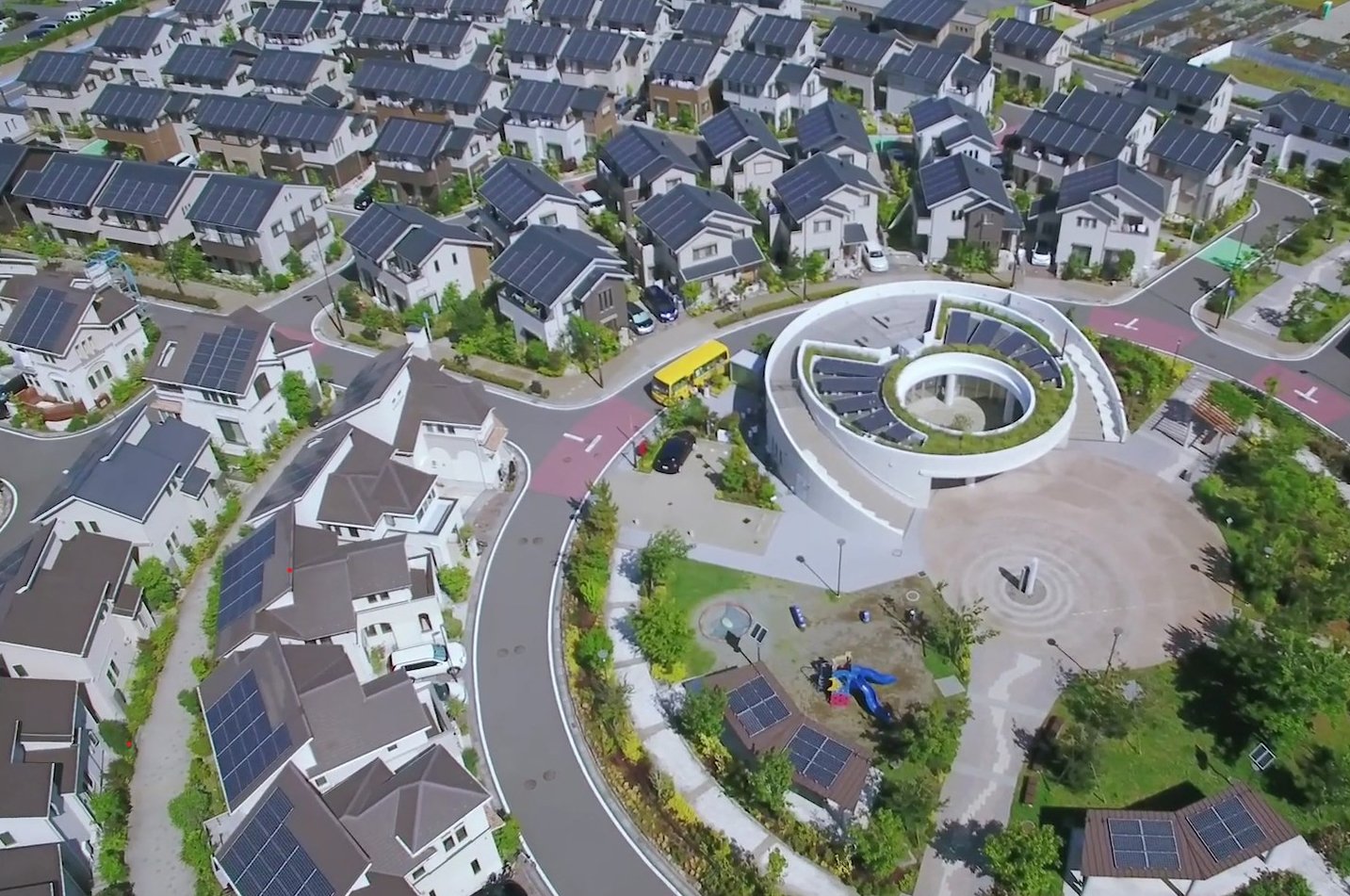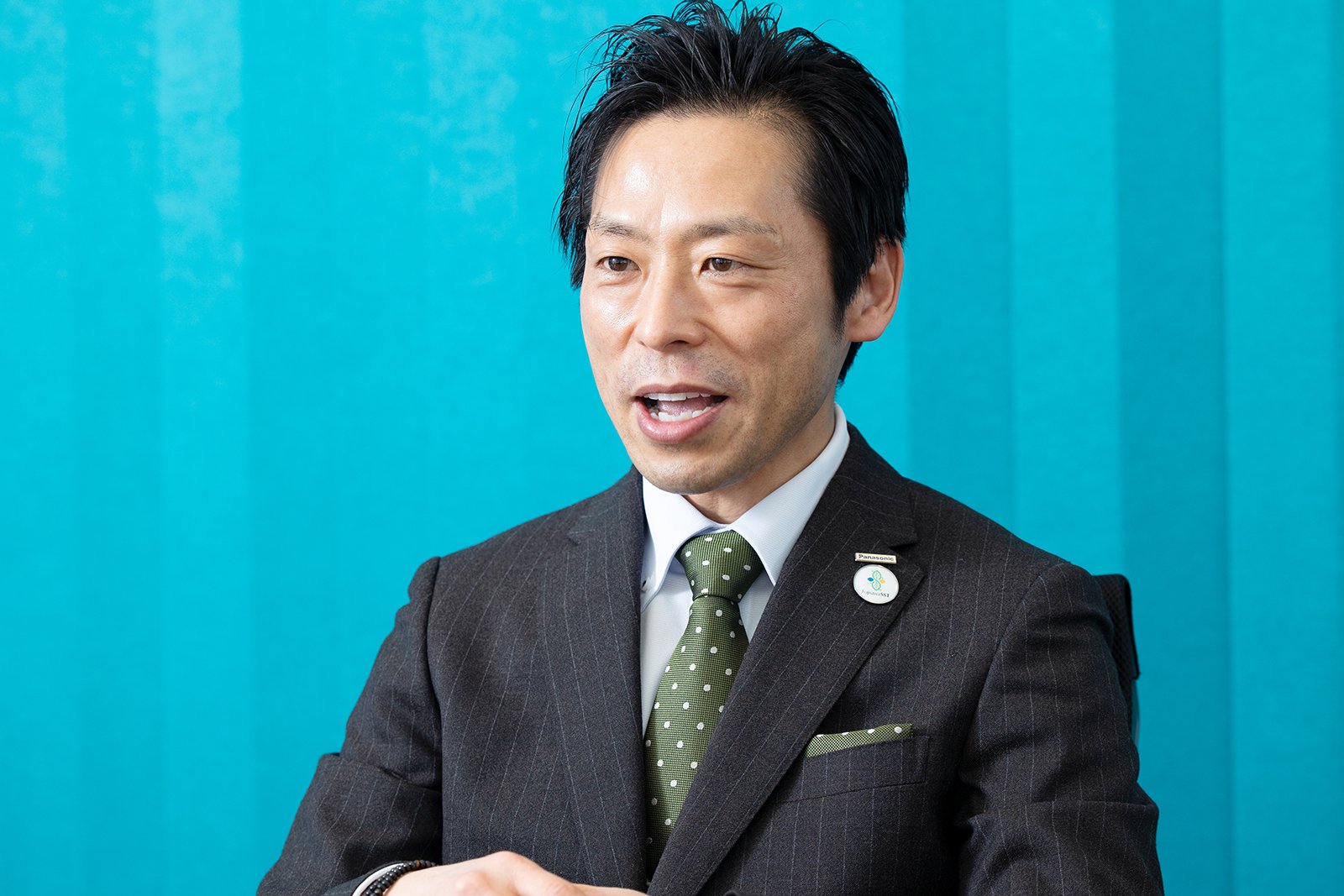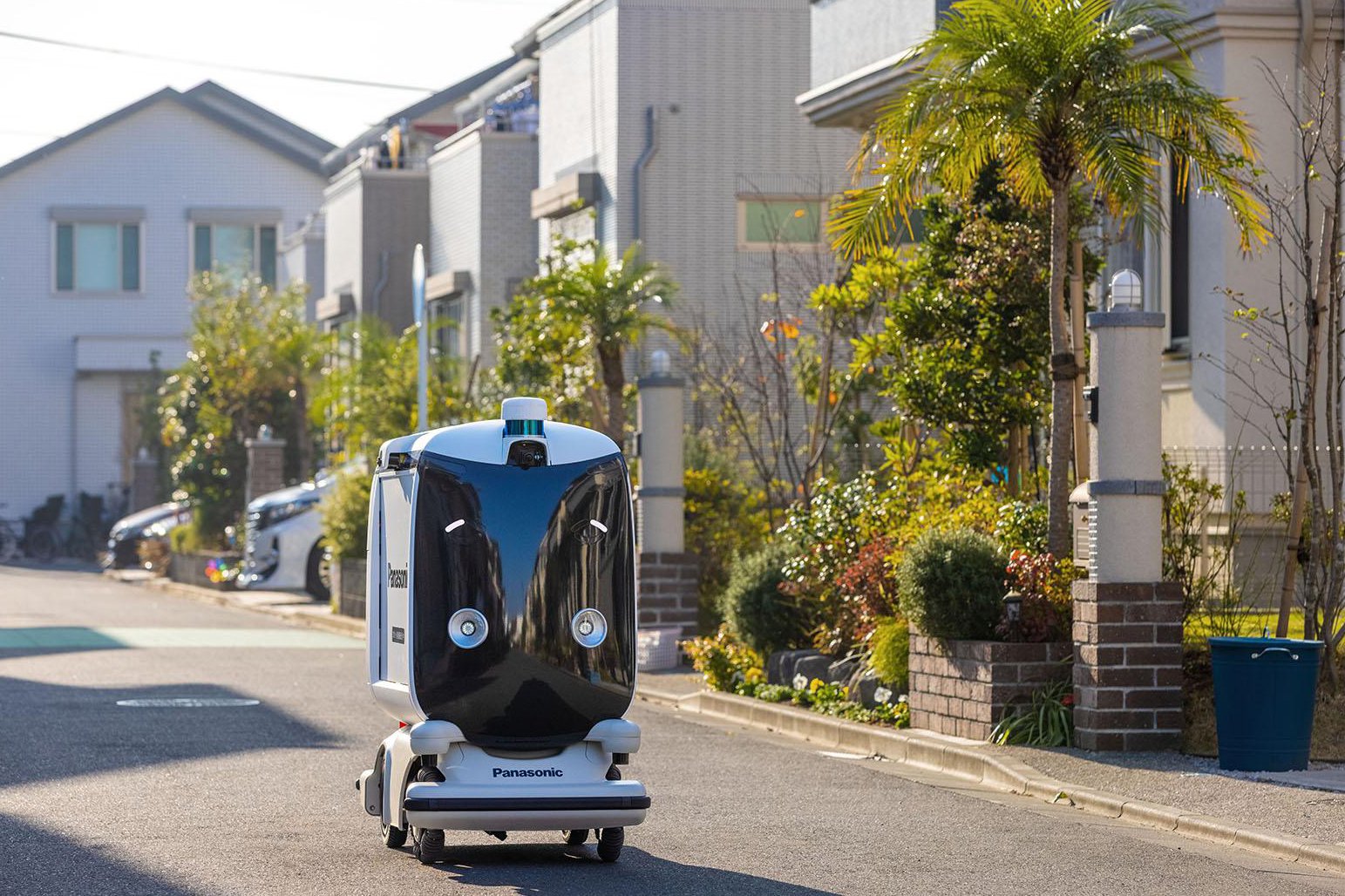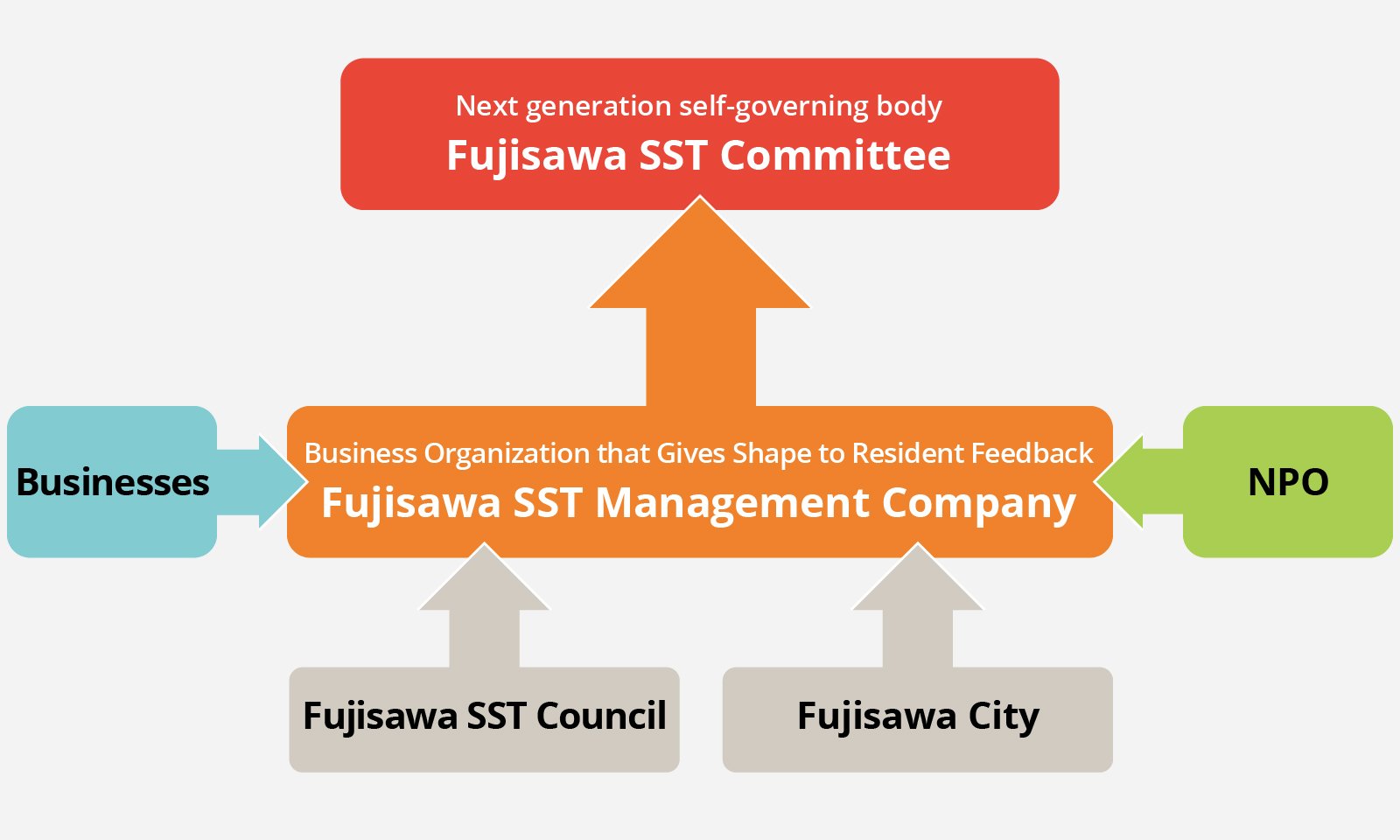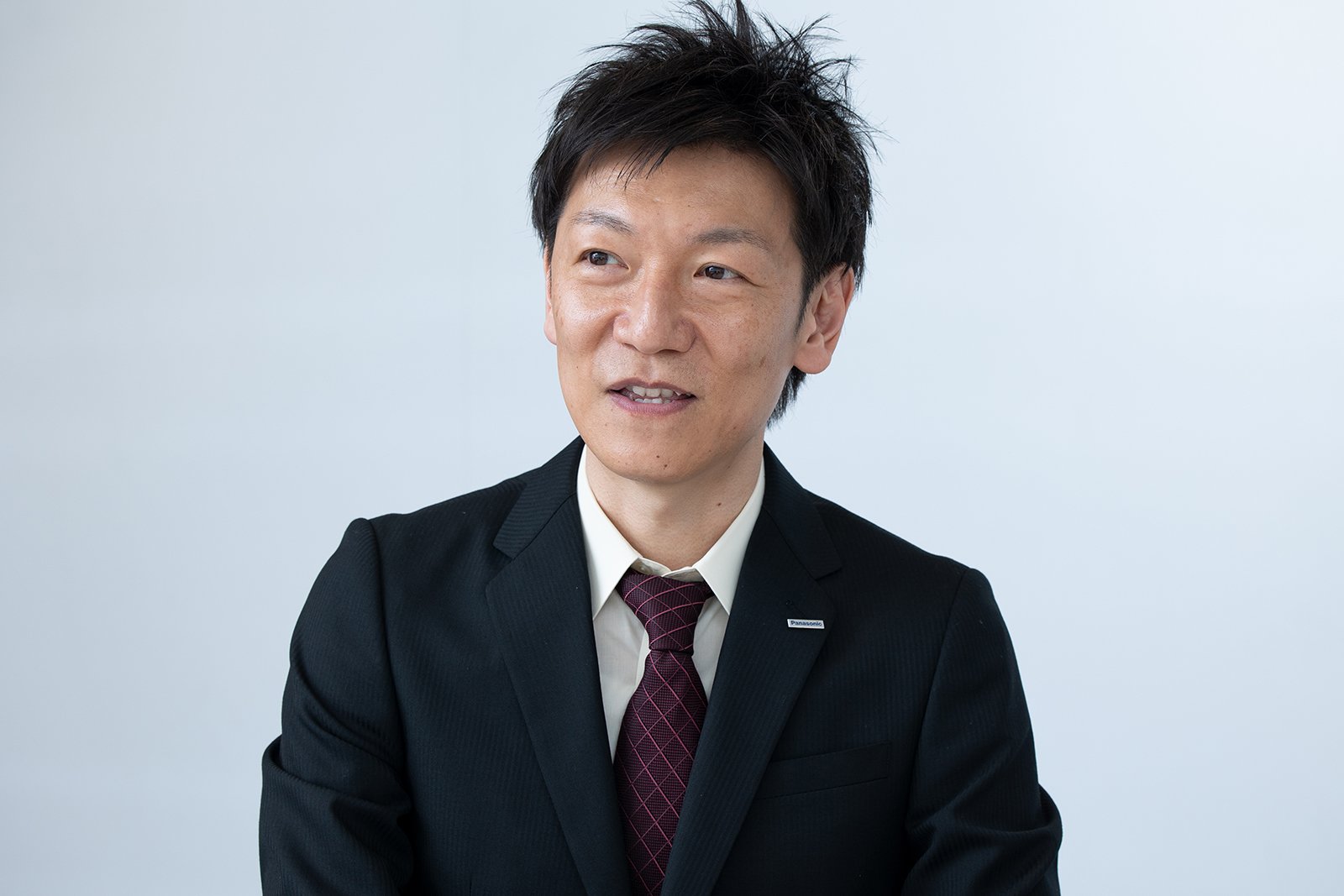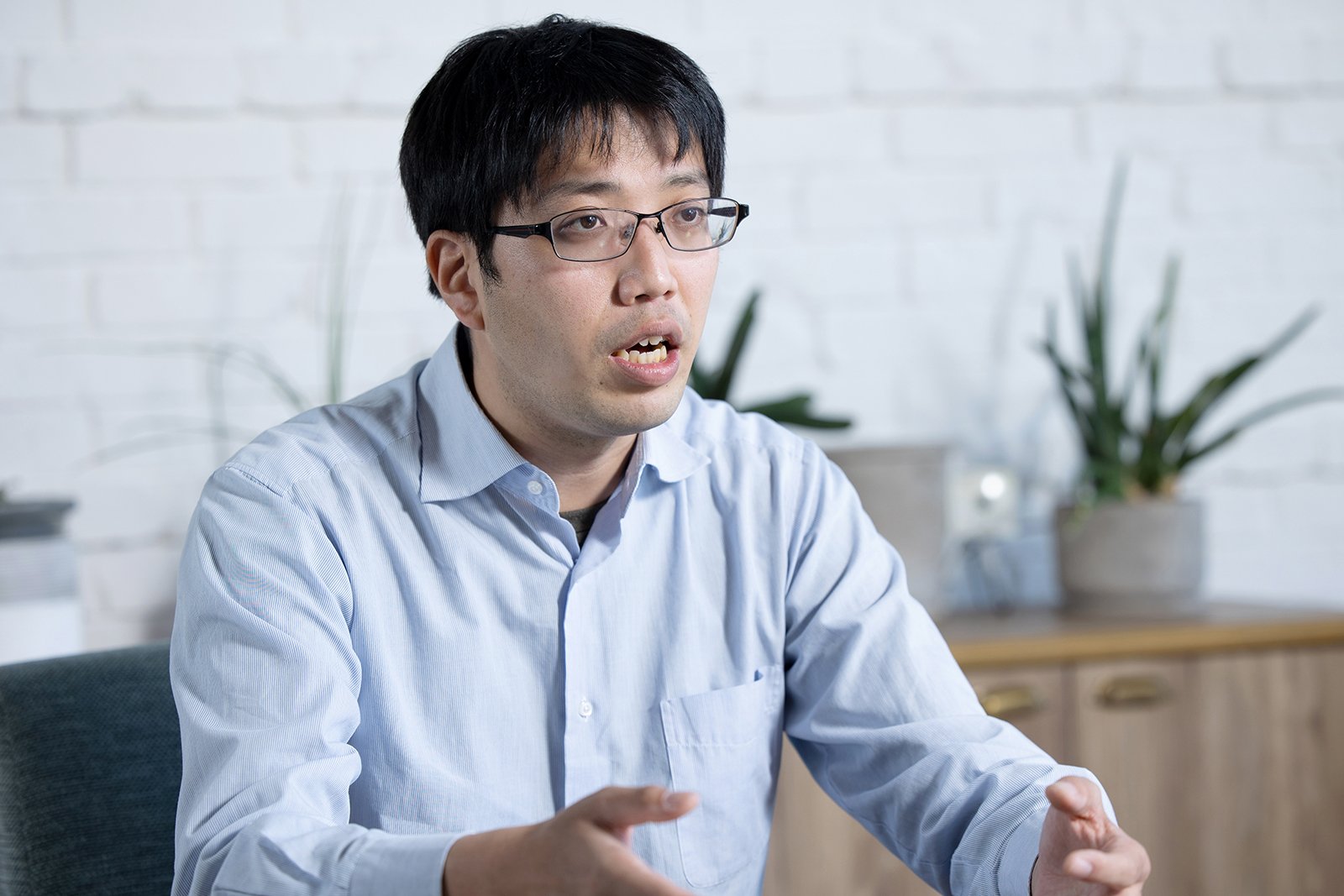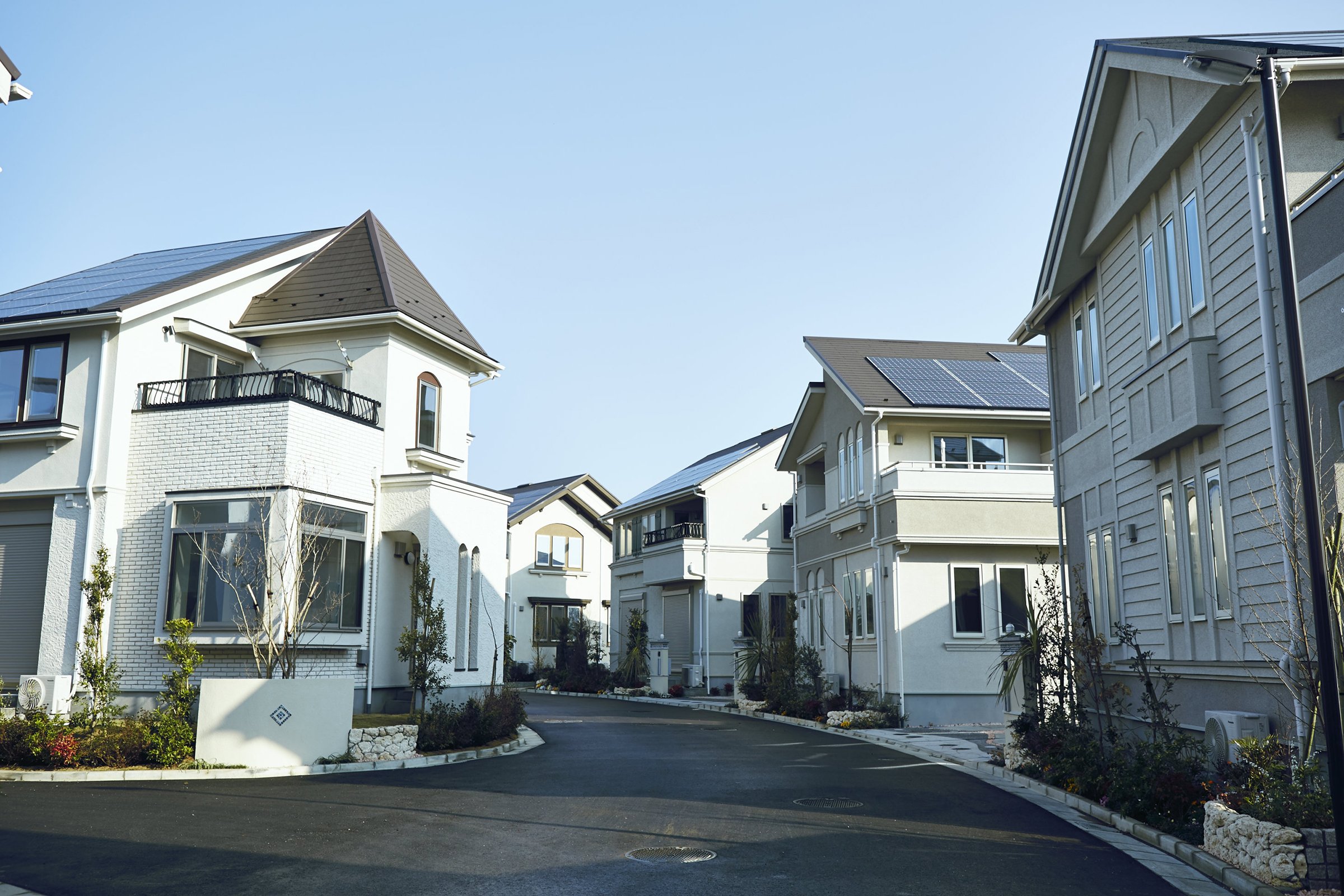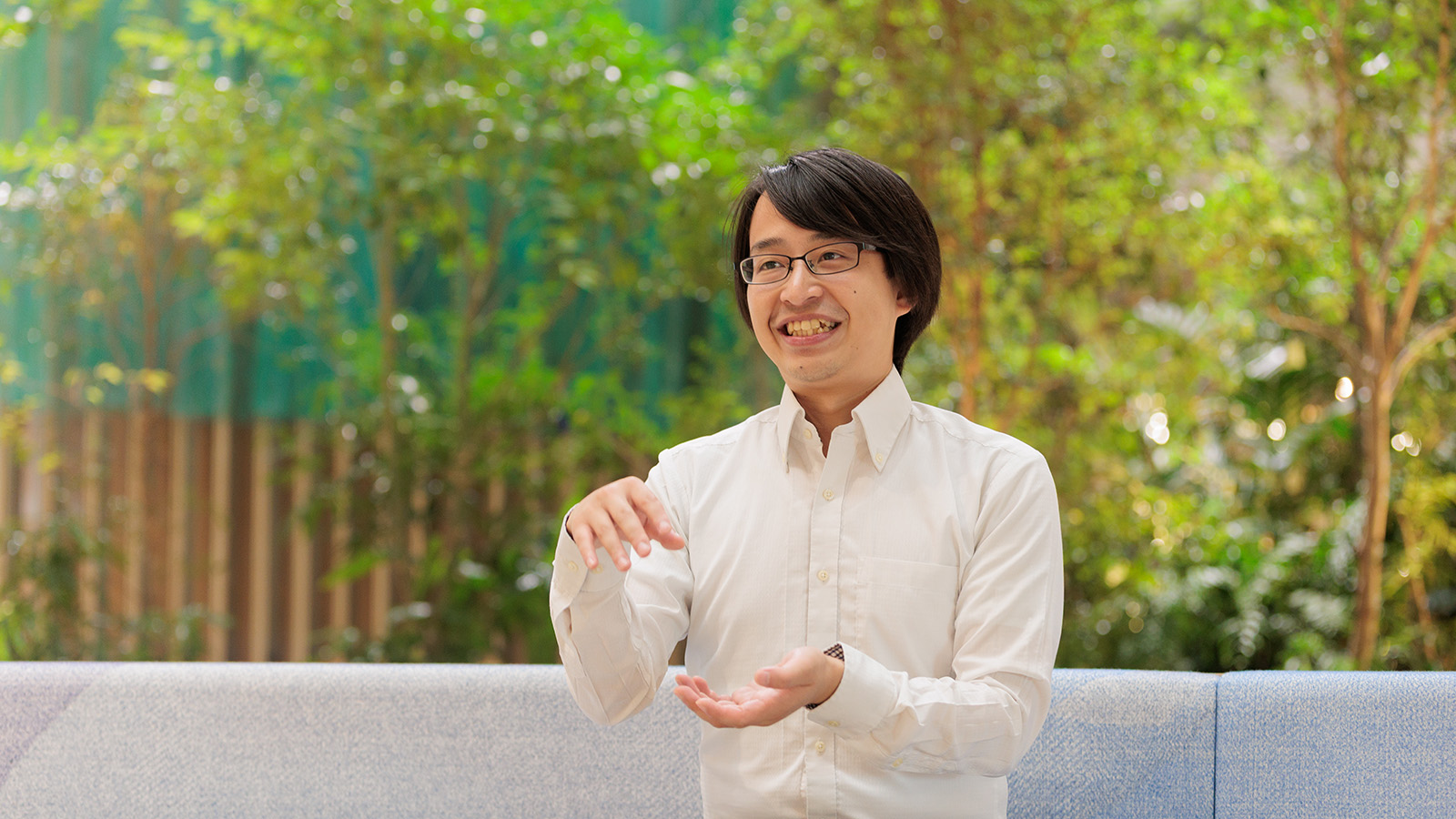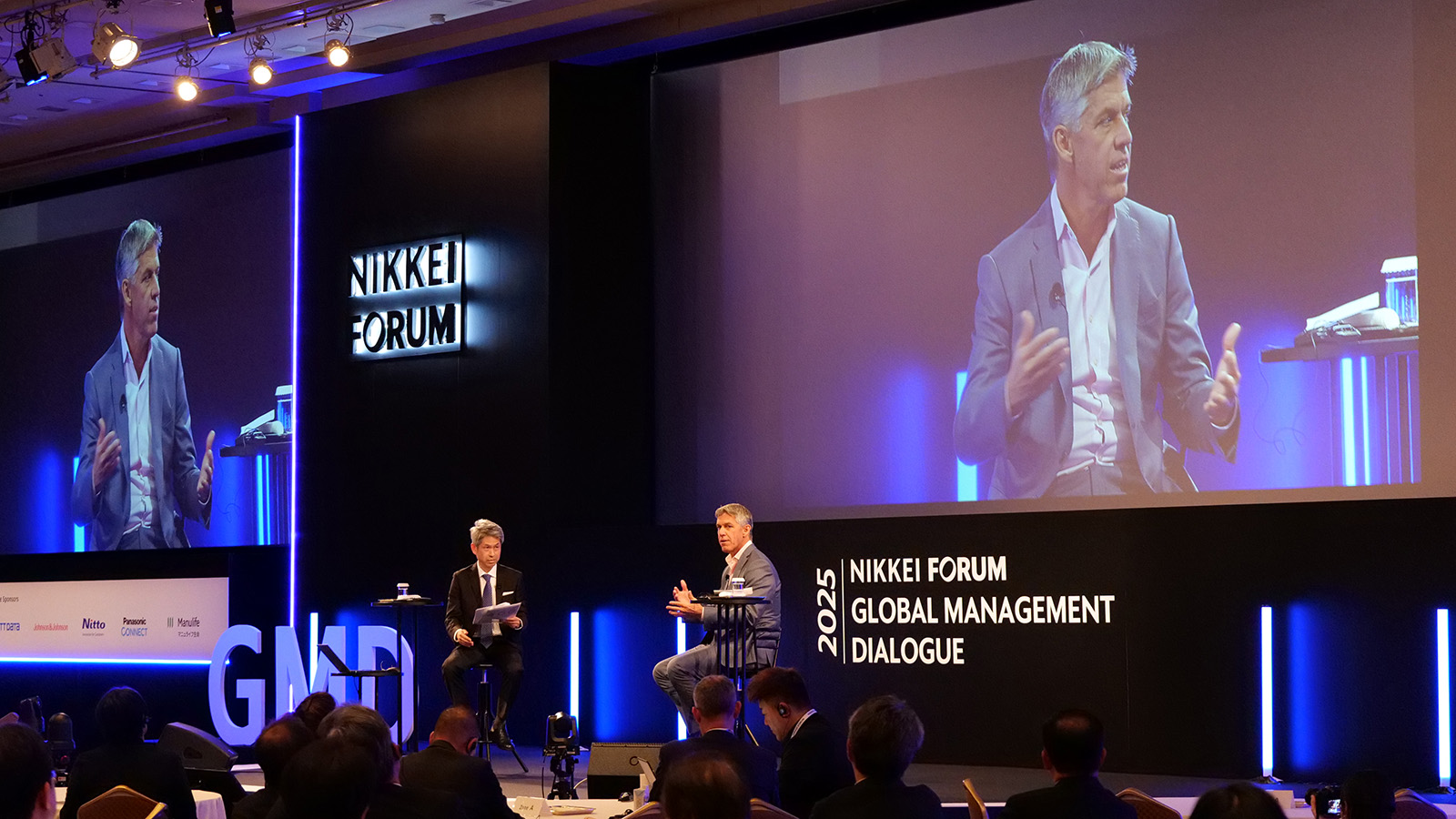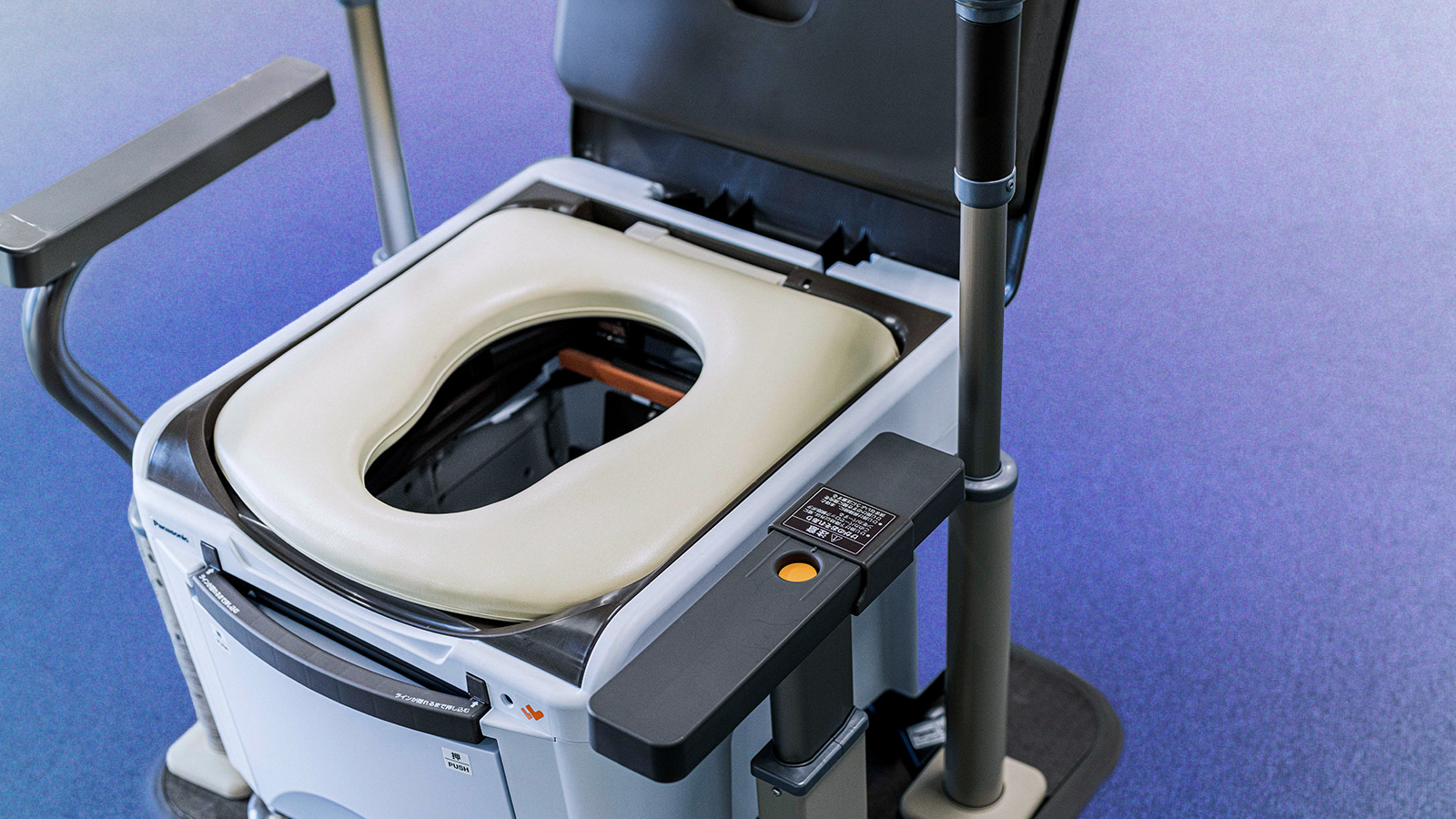
In Japan, there are not enough delivery workers and lifestyles are changing, giving way to new challenges. The Fujisawa Sustainable Smart Town, located in Fujisawa City, Kanagawa Prefecture, is drawing on its collective power to address these challenges. A new initiative that just began is a cutting-edge field experiment using compact delivery robots that will deliver products to people's homes. Let's hear what the people involved in this project have to say.
Summary
- Since being established in 2014, many field experiments have been conducted in the Fujisawa Sustainable Smart Town.
- In 2020, Panasonic began testing its autonomous delivery robots in the field, in this neighborhood.
- In March 2021, the AIN pharmacy in town began autonomous delivery of medication to patients' homes.
- We interviewed people involved to learn more about this cutting-edge field experiment, the first of its kind in Japan.
An ever-evolving town perfect for testing state-of-the-art technologies
The Fujisawa Sustainable Smart Town (FSST) was established in 2014. Panasonic played a central role in bringing to life this town measuring approximately 19 hectares built on its old factory site in Fujisawa City, Kanagawa Prefecture where 2,000 people currently live.
FSST aspires to create a "100-Year Community." And in order to ensure its sustainable development, the town established its own management company, the "Fujisawa SST Management Company." Working with the next generation self-governing body, "Fujisawa SST Committee," which has enlisted in this shared concept, the management company is helping to bring about resident-led town building. Moreover, 18 organizations including the city of Fujisawa that have concurred with the concept have formed a consortium, the "Fujisawa SST Council" to help invigorate the city.
The Fujisawa SST Council is made up of partners from a diverse range of fields including education, medicine, logistics, energy, homes, real-estate, and media. Since the grand opening in 2014, FSST has worked with various partners to run multiple PoCs (Proof of Concept) in this living, ever-changing environment. Panasonic's Takeshi Arakawa, who serves as the President of the Fujisawa SST Management Company and Chairman of the Fujisawa SST Council stated, "We have conducted field experiments for new technologies, new businesses, and marketing initiatives almost every year. FSST residents are very understanding of and cooperative towards these leading-edge initiatives."
Takeshi Arakawa
General Manager
CRE Business Development Group
Business Solution Division
Panasonic Corporation
President
Fujisawa SST Management Company
One of these field experiments that has been running since 2020 is the delivery service for homes using Panasonic's autonomous delivery robot. For this service, Panasonic is using the autonomous-driving robots it has developed over the years and the know-how it has gained through the ride share service it has been operating within its premises.
During phase 1, from November to December 2020, the robot was tested on public roads. Panasonic analyzed the data gained from this experiment and made improvements, and from March 5, 2021, a new experiment to deliver medication to patients' homes from the pharmacy in town has begun. Mr. Arakawa explained the reason why they decided to focus on the delivery robot.
"Fujisawa City is part of the 'Robot Town Sagami' (special zone for robotics industry in the Sagami area) specified by the Kanagawa Prefectural Government, and so the local government is very keen to find applications for robots. Then COVID-19 happened, and people now want to avoid face-to-face interaction and contact when exchanging goods. Moreover, the demand for EC and delivery has grown rapidly. Having said that, the delivery industry is faced with chronic labor shortage. In order to resolve the issues we are facing in the new normal, we decided to accept the autonomous delivery robot trial."
The rapid implementation of delivery services using autonomous delivery robots is also highlighted in the national government's growth strategy action plan, and Panasonic is also taking part in the Ministry of Economy, Trade and Industry sponsored public-private council for the promotion of deliveries by autonomous robots. The demonstration experiment in question is also being supported by NEDO (New Energy and Industrial Technology Development Organization), so it has received the support of society as well. Such favorable conditions together with FSST's open-mindedness to new challenges made it an optimal testing ground for this experiment.
When Panasonic contacted the Fujisawa SST Committee about the autonomous delivery robot field experiment, many replied, "Yes, please!"
Mr. Arakawa added, "The community has been open to various field experiments, whether they involved robots or not. We make it a point not to force these experiments on the community. We believe it is important to discuss the challenges that the town is facing together. The Fujisawa SST Management Company is a hub and FSST a platform that matches the needs of its residents to those of companies."
This structure enables FSST to develop sustainably. And the Fujisawa SST Management Company serves as the hub.
It will be first time in Japan that an autonomous delivery robot will travel on public roads in a city. The robot is quite compact and comes equipped with a box for storing products for delivery. It is programmed to avoid obstacles by using sensors and cameras, but if it becomes difficult to run autonomously, the robot can be remotely controlled from the operation center. So, Panasonic has placed safety and security first and foremost.
Mr. Arakawa went on to explain, "Robots were not really a familiar presence in the past, but seeing them in town, people have begun to recognize them as a friendly presence. When people become interested, they will begin to think about what it would be to live alongside a robot and offer feedback. I think that it is also playing a role in activating the community."
Changing the way things are transported in the community
During phase 2 of the field experiment, the robots will cover a larger area, and we will see how the service will be accepted by the public. As part of those efforts, AIN HOLDINGS INC., a member of the Fujisawa SST Council, has offered its wholehearted support to allow autonomous delivery robots to deliver medication from the "AIN Pharmacy Fujisawa SST Shop." This also includes medication for which online medication counseling has already been provided. So, it is a value-added service that is appropriate for lifestyles of the new generation.
Suni Kim, from the Corporate Planning Section of AIN HOLDINGS, explained the company's position. "AIN HOLDINGS was the first company in Japan to field test online medication counseling in a national strategic zone. And we were among the first after the legal reform in 2020 to offer online medication counseling in all of our pharmacies nationwide. We have also been implementing automation in our dispensing operations from before. In other words, actively adopting cutting-edge technologies is part of our culture." Because of their track record and culture, things went very smoothly when Panasonic proposed this demonstration experiment to AIN through the council.
According to Ms. Kim, there are patients that seek online medication counseling because of COVID-19, or simply because it is more convenient, but it had been difficult to figure out how people could receive medication after such counseling sessions. "To make the entire process from online examination, online medication counseling, to the receipt of drugs contactless, usually, the drugs have to be delivered so this meant a time lag of at least one day. We wanted to offer multiple delivery options, so in FSST, people can choose delivery lockers." Another option people can choose from now is delivery by an autonomous delivery robot.
"Not only can patients enjoy contactless delivery, getting their medication delivered by a robot adds an extra layer of excitement. During this field experiment, we want to gain feedback about various needs and insight about the relaxation of healthcare regulations going forward," added Ms. Kim.
Masaki Yamauchi from the Innovation Promotion Sector, Panasonic Corporation noted, "The logistics industry is equipped with well-developed systems that connect a vast area peer-to-peer, but there is no delivery infrastructure that can respond to needs in a small area on demand. This is the first step to creating such an infrastructure." To do so, it is important to conduct demonstration experiments and gain experience in the field.
"As history has shown, inefficient systems have been overwritten by digital transformation to become more convenient. Nowadays people want to limit contact with others as much as possible. So, they are more receptive to robots delivering products, and society is ready to recognize autonomous delivery as something of value. At FSST, residents and companies work together in unison, so it is the perfect place to paint a picture about what the future could look like," stated Mr. Yamauchi.
Many people focus on the negative impact of COVID-19, but both parties have found a silver lining amid the crisis. Ms. Kim stated, "We would like to move forward while thinking about what value we can provide amid this difficult situation." And according to Mr. Yamauchi, "This will help transform the delivery of goods in a region. I am proud to know that Panasonic will be able to contribute to bringing about change to society." The hope is that the field experiment will prove that this kind of community-centric micro mobility has significant potential.
Realizing autonomous delivery in less than a year
Motoki Hirose of the Manufacturing Innovation Division, Panasonic Corporation has worked on the development of this autonomous delivery robot. He repurposed the technologies applied to the robotic mobility, "PiiMO" that helped developed, that is already available in the market.
"PiiMO is a robot-type electric wheelchair developed for use in large indoor facilities such as airports and shopping malls. The first wheelchair will be operated via remote control by staff, but other wheelchairs that follow suit run autonomously by detecting the movements of the wheelchair in front of it using laser sensors. We combined this technology with the technology developed by the division in charge of the outdoor autonomous ride share service to create this autonomous delivery robot," explained Mr. Hirose.
Motoki Hirose
Staff Engineer
Development Section 2
Robotics Promotion Office
Manufacturing Innovation Division
Panasonic Corporation
Panasonic started back in early FY2021. In under a year, they developed an outdoor autonomous delivery robot that can travel along public roads. "The environment changed rapidly due to COVID-19, so we anticipated that the demand for contactless delivery will increase. The national government has also become more proactive about the development of delivery robots, so our engineers joined forces and decided to take on this challenge," said Mr. Hirose.
Although the basic autonomous mobility technology was ready, they faced one challenge after another because it was the first time for a robot to move about autonomously on public roads. How will sensing work to ensure safe mobility in an environment where vehicles, bicycles, and pedestrian can appear out of nowhere any second? How can they switch seamlessly between the remote control system and autonomous mobility system? How can the robot continue to move around stably on bumpy roads, and maneuver in an environment with various external, disruptive factors such as sunlight and natural objects? Every time they ran into an unexpected issue, they analyzed the data and resolved the issue by applying "agile methodology." According to Mr. Hirose, "Once the demonstration experiment began, people working in the field and managers also began proactively offering their input and recommendations. It has been quite a good dynamic."
"Being involved in manufacturing, I keenly sense that technology evolves because there are people who use it and places where it can be used. The field experiment that began in March will provide direct feedback from customers. Being able to receive direct feedback is very valuable and it provides insight that can be used to make improvements. Residents of FSST have deep trust for Panasonic, so it is an optimal environment for us," added Mr. Hirose.
Use case for the autonomous delivery robot. You can see the change in its expression as it makes a turn.
When you look at the robot straight on, you will notice that it has round eyes and eyebrows. Eyebrows change depending on whether it is turning right or left, giving the robot a unique expression. When it happens upon a pedestrian, you will hear the kind voice of the operator say through the speakers, "After you." This is because Panasonic wanted to create a robot that blends in with the town. Some residents even wave to the robot when it passes by.
"Even if it may be remote, it is important that we can intervene and control the robot. During the testing on public roads in phase 1, children came up to the robot and began speaking to the operator in the control center. Since then, every time they see the robot, they wave to it with a big smile shouting, 'Good luck!' We realized that rather than simply responding to issues that may arise, creating a warm interactive rapport will help create a better relationship between robots and people than was ever possible," concluded Mr. Hirose.
Mr. Arakawa of the Fujisawa SST Management Company feels the same.
"As things become more automated, people may think that this dilutes the relationship between people, but it's actually the opposite. Offline interaction becomes more valuable as things shift online. Of course, there are things that can be resolved by technology, and things that can only be resolved by a real community. I believe that in this town companies and residents will be able to talk to each other and build a future together with their own hands."
FSST has continued to be open-minded, and their residents have updated the town periodically. These updates also help people grow and contribute to sustainability. Mr. Arakawa mentioned that he wanted FSST to become a "highly resilient town," but it seems as though the residents of this town are equipped with an innate ability to adapt to change. A world where humankind and robots live in harmony is about to begin, here at FSST.
# # #
Disclaimer:
We would like to note that Panasonic Newsroom is not a place to address personal Customer Service issues. Even though this is not the forum, Panasonic is always eager to resolve your concerns. Our local customer services contacts can be found at Global Support or you can see our list of Social Media Accounts to find the right channel for your queries and concerns.

